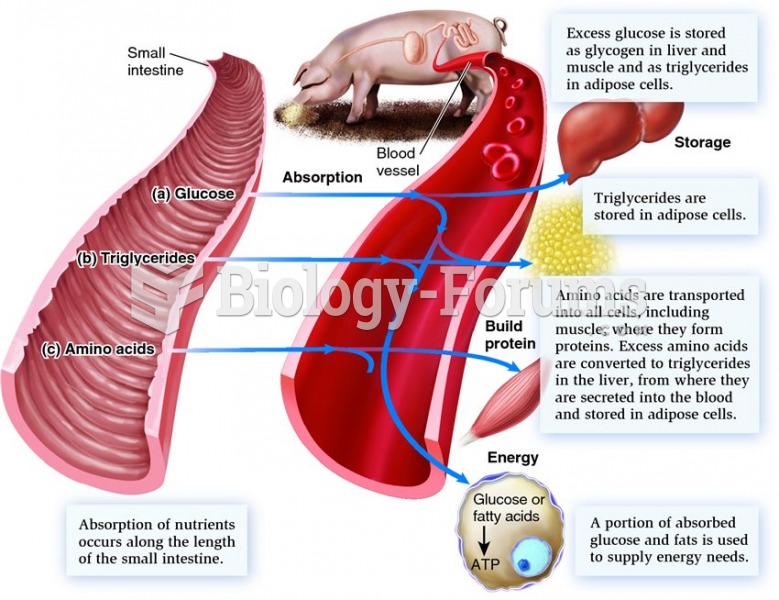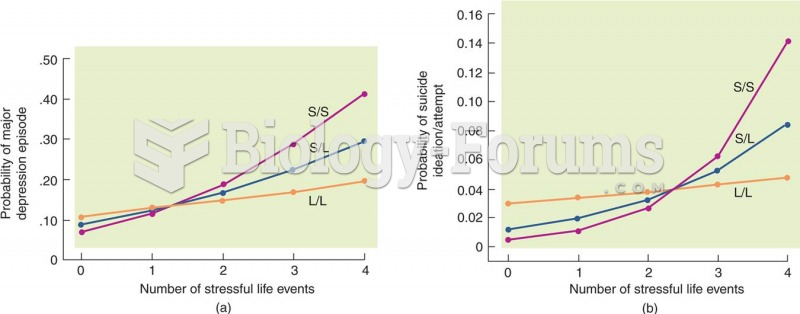Answer to Question 1
What some find stressful, others find exciting, and yet others may be unaffected. For example, driving over a high bridge is stressful to some people, some are excited by the sensation of the high view, and yet others do not seem to be affected in the least. What's the difference between these three groups? Cognitive theorists would say it is their interpretation of the event. Those who are stressed probably at some level, perhaps even unconsciously, are thinking that the height on the bridge they are experiencing is dangerous and could result in a fall, injury, or even death. Those who are excited are probably at some level thinking that it is a thrill to be able to see the vista from a bird's perspective.
What about the indifferent group? They are likely thinking that the drive over the bridge is nothing special and might even be thinking about how they need to feed the cat when they get home. So each group applies a different type of cognitive filter to the stimulus and, as a result, interprets that stimulus differently. Such differences help to explain why stress reactions to the same event vary from person to person.
Answer to Question 2
The term outcome expectation refers to our belief that a particular action will lead to a particular outcome. For example, an overweight person who wants to lose weight and has high outcome expectations may believe that reducing the amount of food eaten will lead to weight loss. The term efficacy expectation refers to the belief that the person can successfully execute the actions that lead to the desired outcomethat he or she can reduce the amount of food eaten.
The overweight person with high outcome expectancy and high efficacy expectations believes that he or she can successfully reduce the amount of food eaten and that this will lead to success in losing weight. This person has a higher probability of success in a weight loss program than another overweight person with low self-efficacy. High self-efficacy also relates to secondary appraisal in that the person believes he or she has the coping resources to deal with the challenge (e.g., weight loss) and thus will be less stressed by it.







